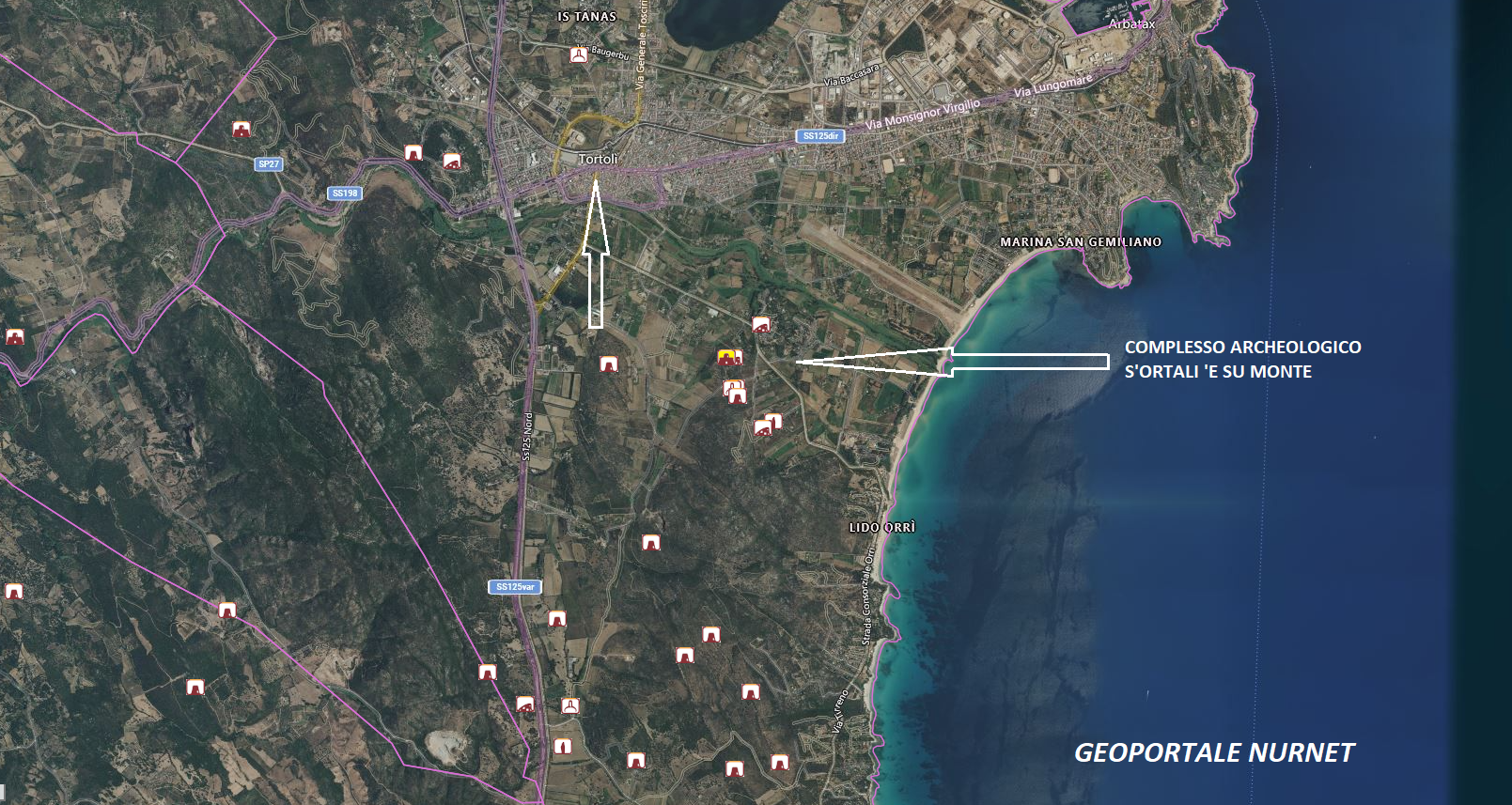In an article by Giusy Ferreli, published on the pages of Unione Sarda on May 30, 2010, the following was read:
<<In Tortolì, the Nuragic people guarded weapons of war. This was discovered by a team of archaeologists led by the superintendent Maria Ausilia Fadda. The artifacts have been entrusted to the custody of the Guardia di Finanza. They have emerged from a very ancient past to tell an unprecedented chapter of Ogliastra’s history. They are the nineteen bronze axes found in the settlement of San Salvatore, an archaeological site that overlooks the coast of Tortolì, and were kept for a few days at the Guardia di Finanza headquarters in Arbatax due to fears of tomb raiders. The weapons, a priceless testimony of Nuragic civilization, then made their way to the Archaeological Heritage Superintendency of Nuoro. The sensational discovery dates back some time ago, but everything was carefully hidden to prevent tomb raiders from plundering the site before the excavations were completed. The news remained so secret that even the municipal administration of the town was not informed about the discovery of the artifacts. “We learned about it indirectly – they report from the municipal palace on via Garibaldi – and we immediately sent a letter of protest to the mayor of Villagrande, the lead municipality of the integrated archaeological area plan, asking to be kept informed of every important event that occurs within the San Salvatore site, especially in the presence of positive news like the discovery of the axes.” The discovery was made by the team that is handling the excavation campaign funded through the PIA and coordinated by the director of the Superintendency, archaeologist Maria Ausilia Fadda. The project, which aims to enhance the archaeological heritage of Ogliastra, involves the municipalities of Villagrande with S’Arcu and is Forros and of Lanusei with Selene. The site of S’ortali and su Monte, especially after the recent discovery, is considered of great interest by scholars. The complex includes a single-tower nuraghe with an antemural and a small village. Not far from the complex, there are also a giant’s tomb and three menhirs, testifying that the settlement belongs to different ages. In the past, it has yielded other interesting discoveries. An excavation carried out in 1990 and 1991 by the same Maria Ausilia Fadda uncovered numerous huts outside the antemural and some structures that lean against the wall. In two circular huts with hearths in the center, the presence of tools such as ceramics, grinding stones, and pestles was noted. Also in the area, nine silos for the storage of food supplies were uncovered. The discovery of numerous grain remains has led experts to believe that the accumulation of surplus was intended for exchange, and therefore the site of S’ortali and su Monte could have been an important commercial hub. Now with the discovery of the Nuragic armory, it is easy to hypothesize that there was an armed guard protecting the complex located just steps from the beach of Orrì…>>
The photos of the site of S’Ortali ‘e su Monte are by Nicola Castangia and Alex Meloni.










